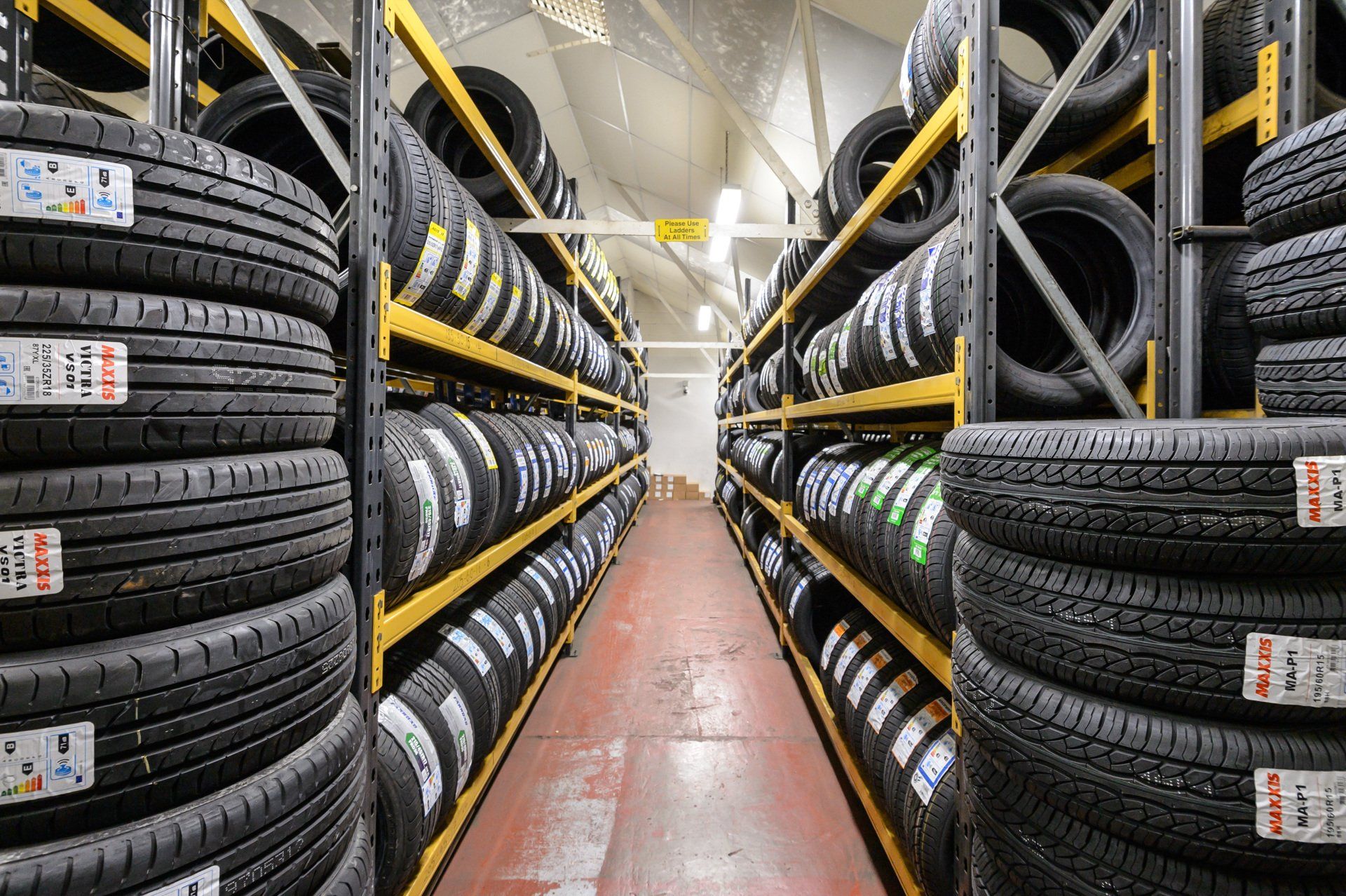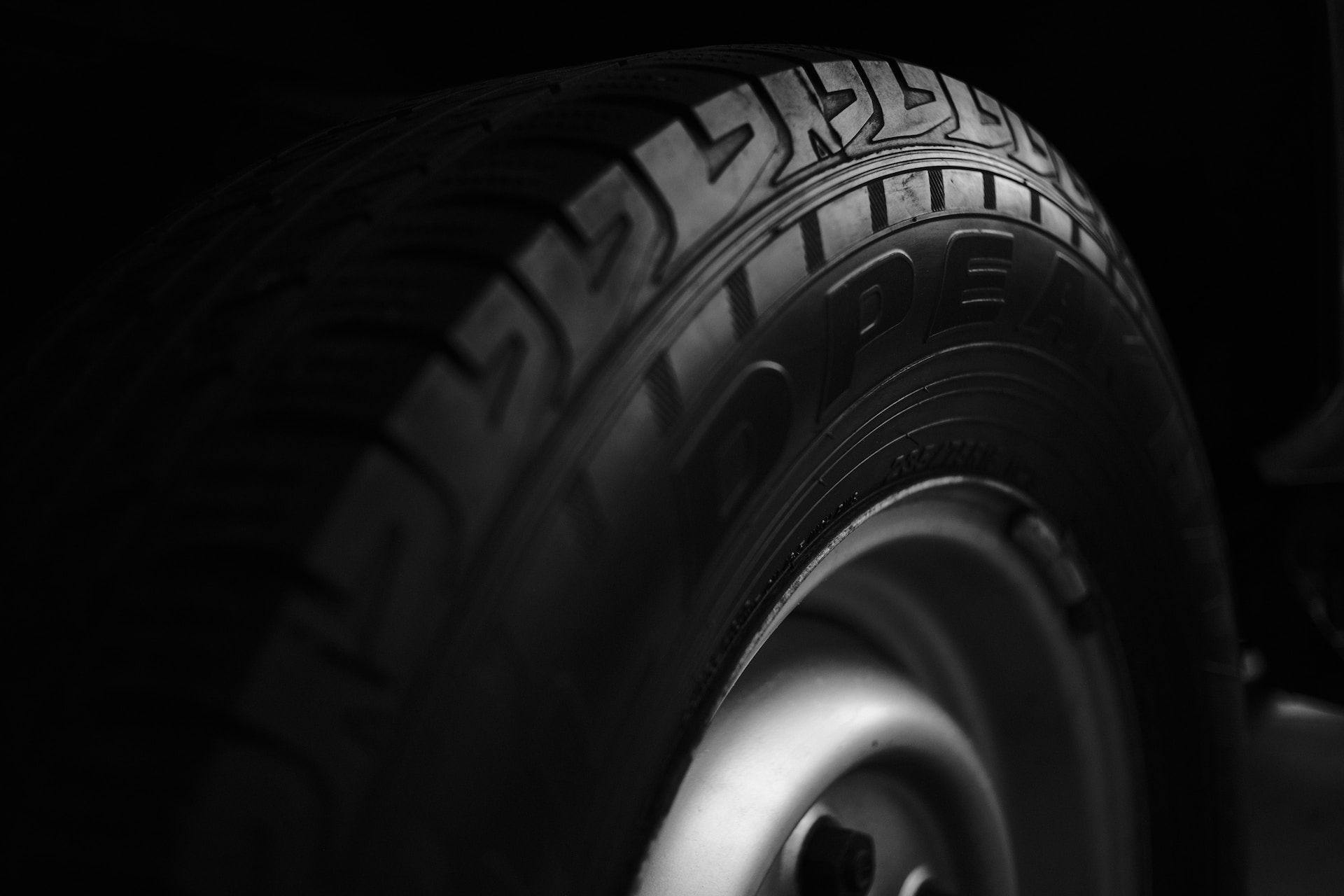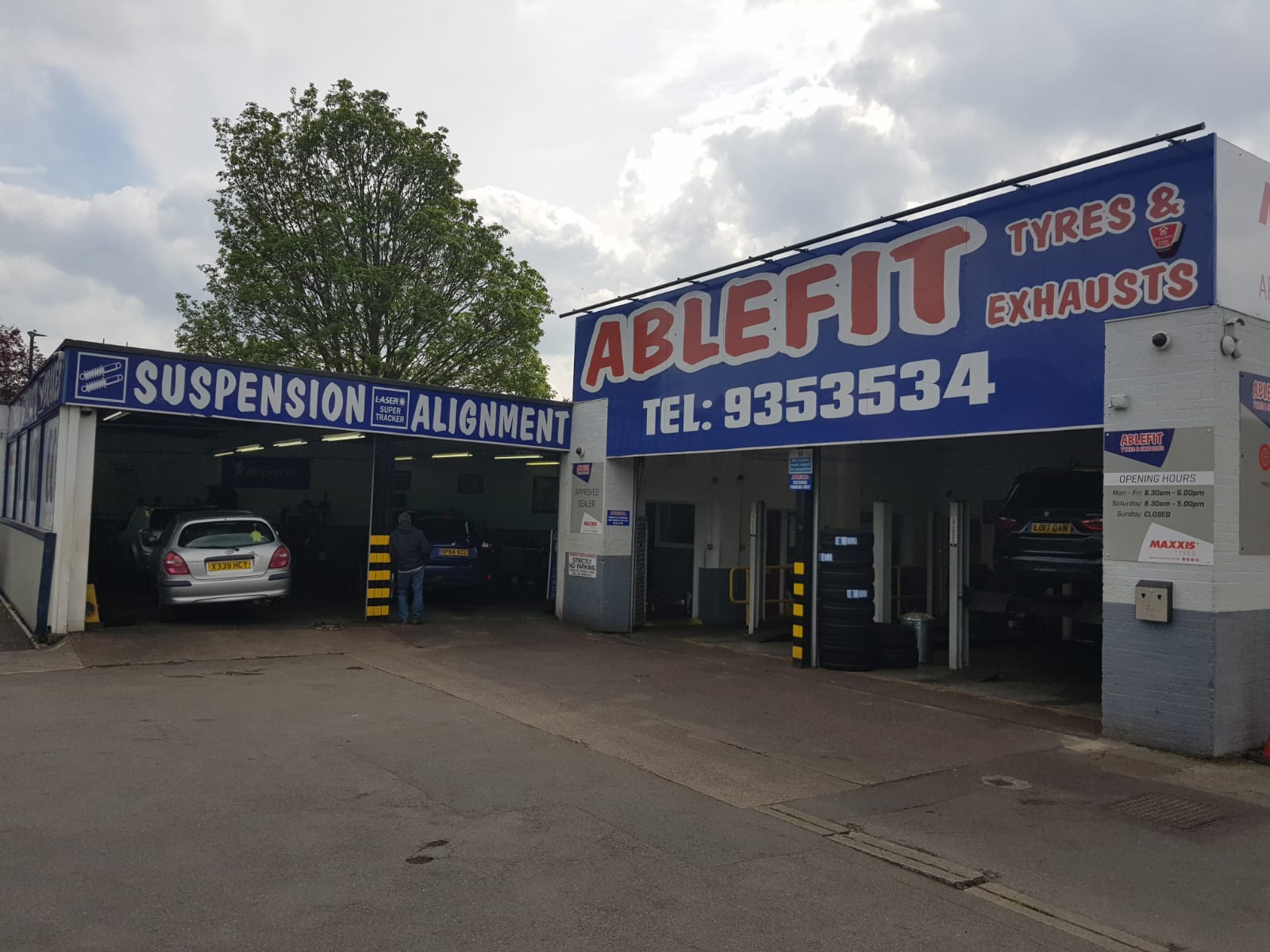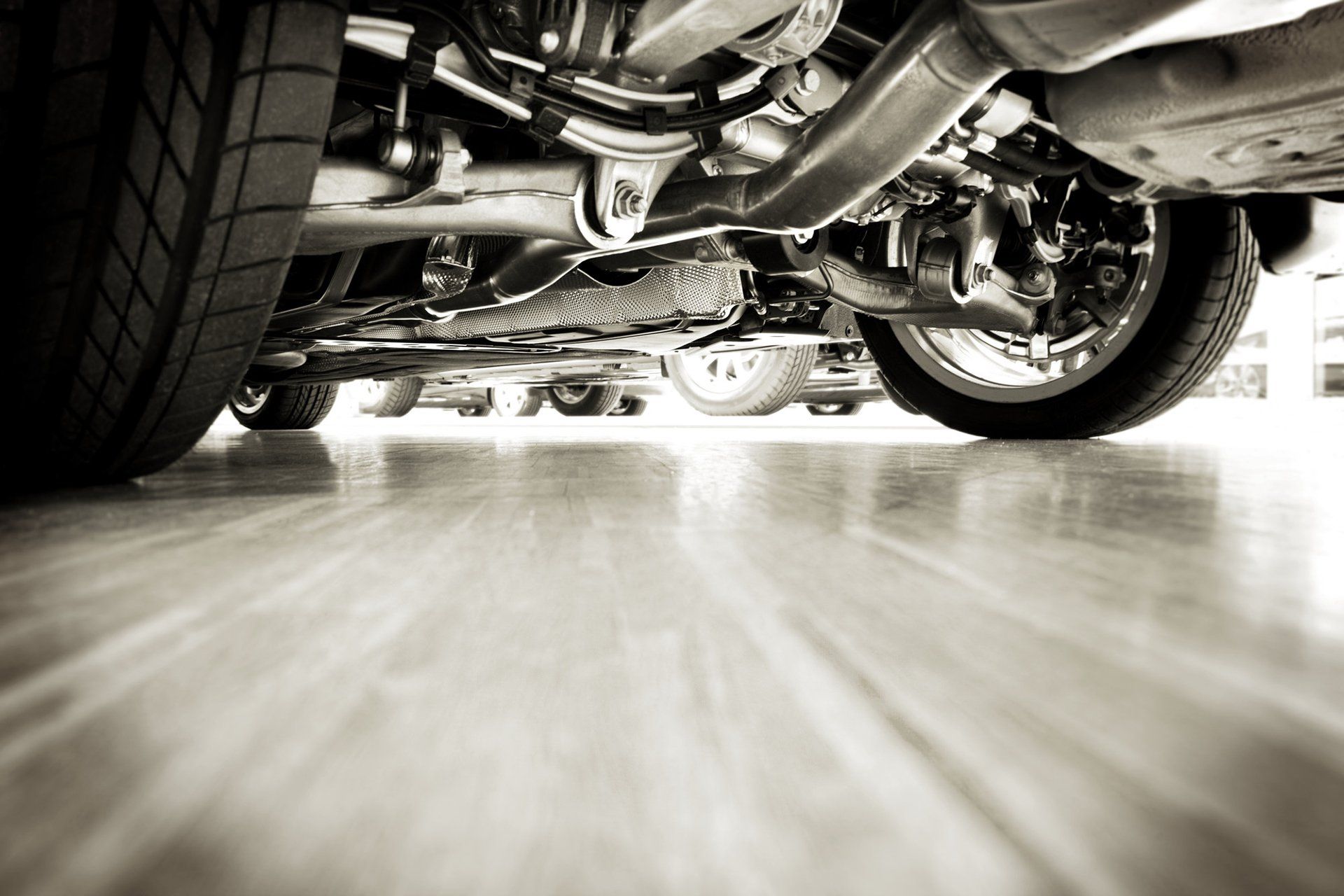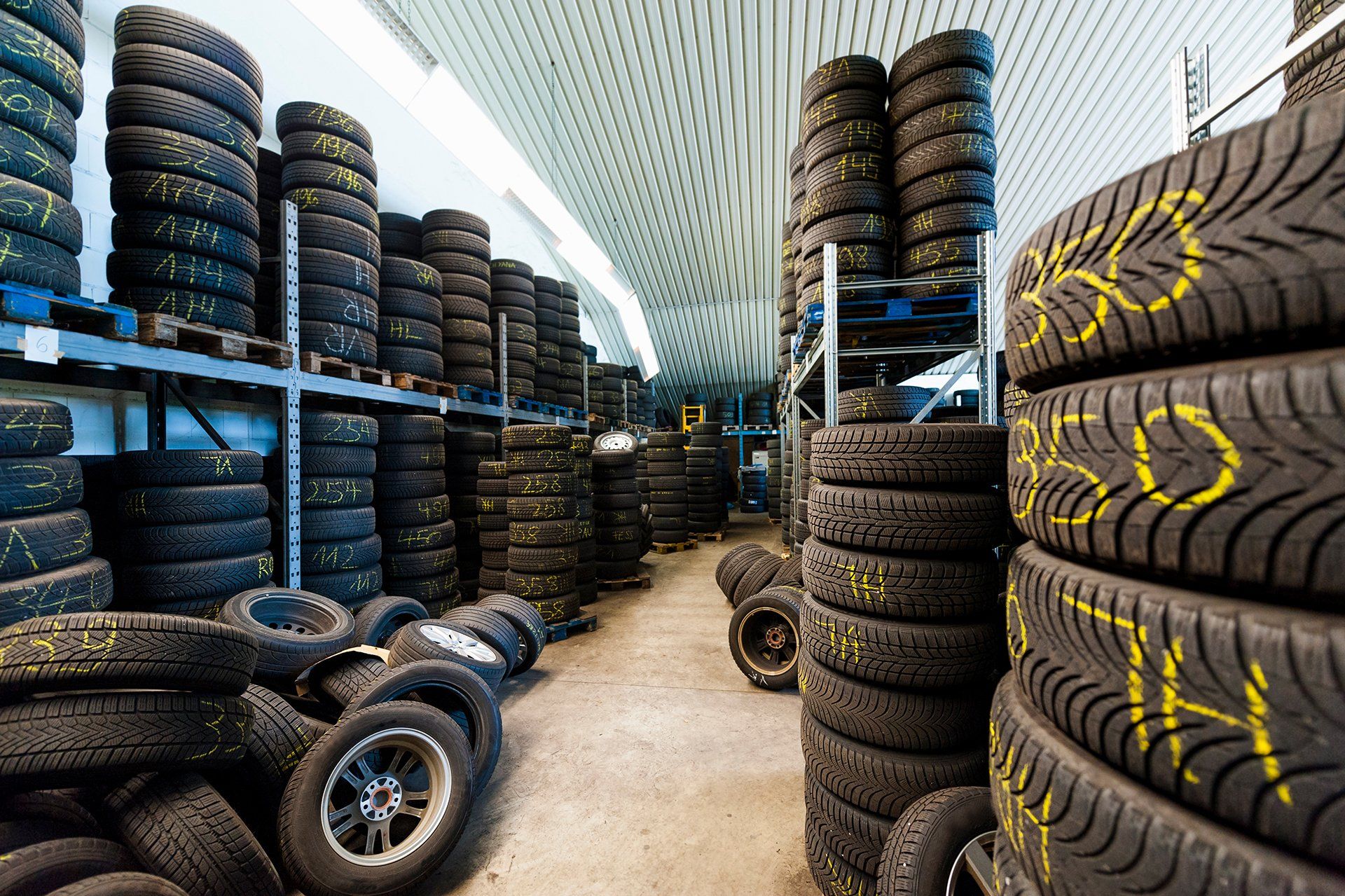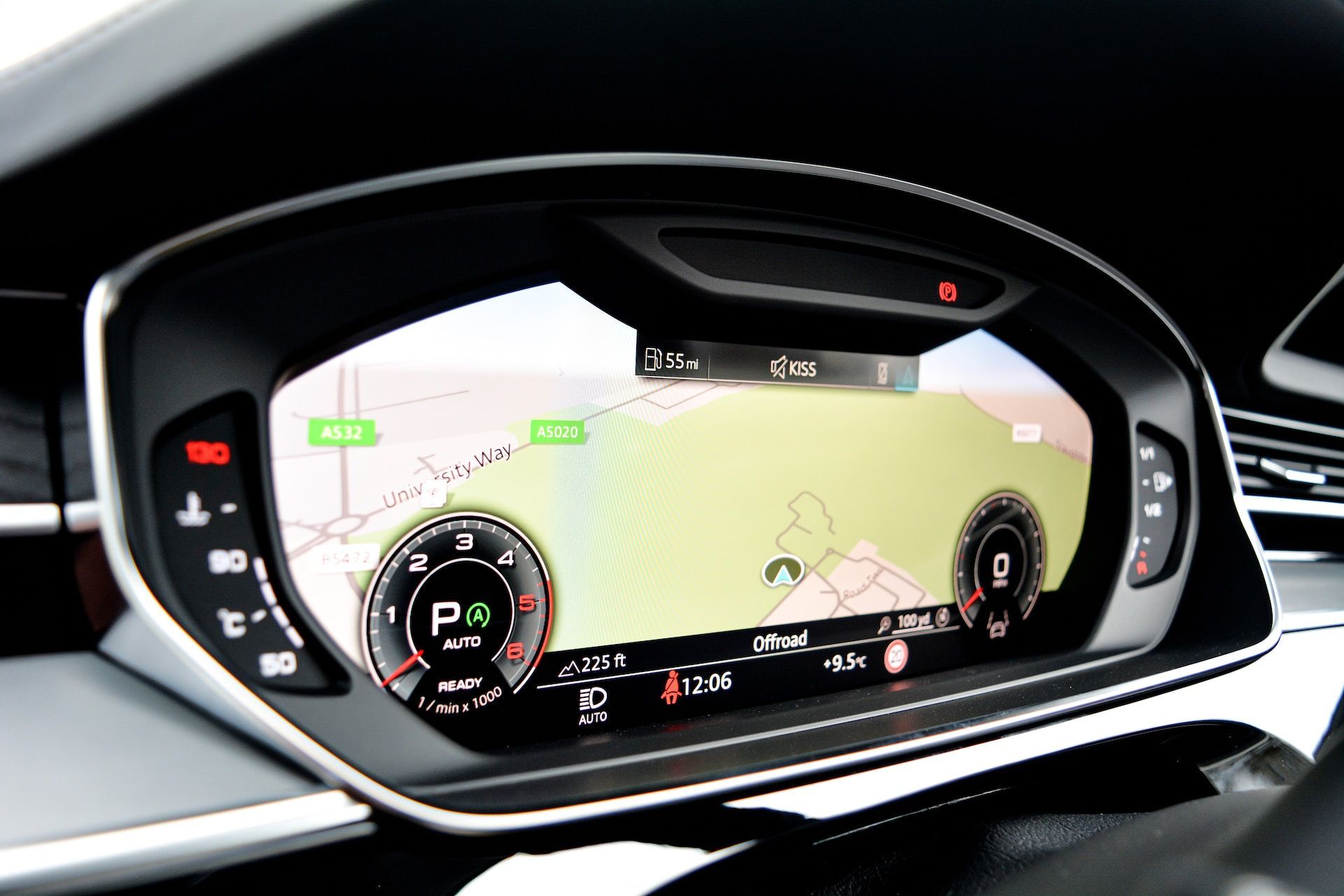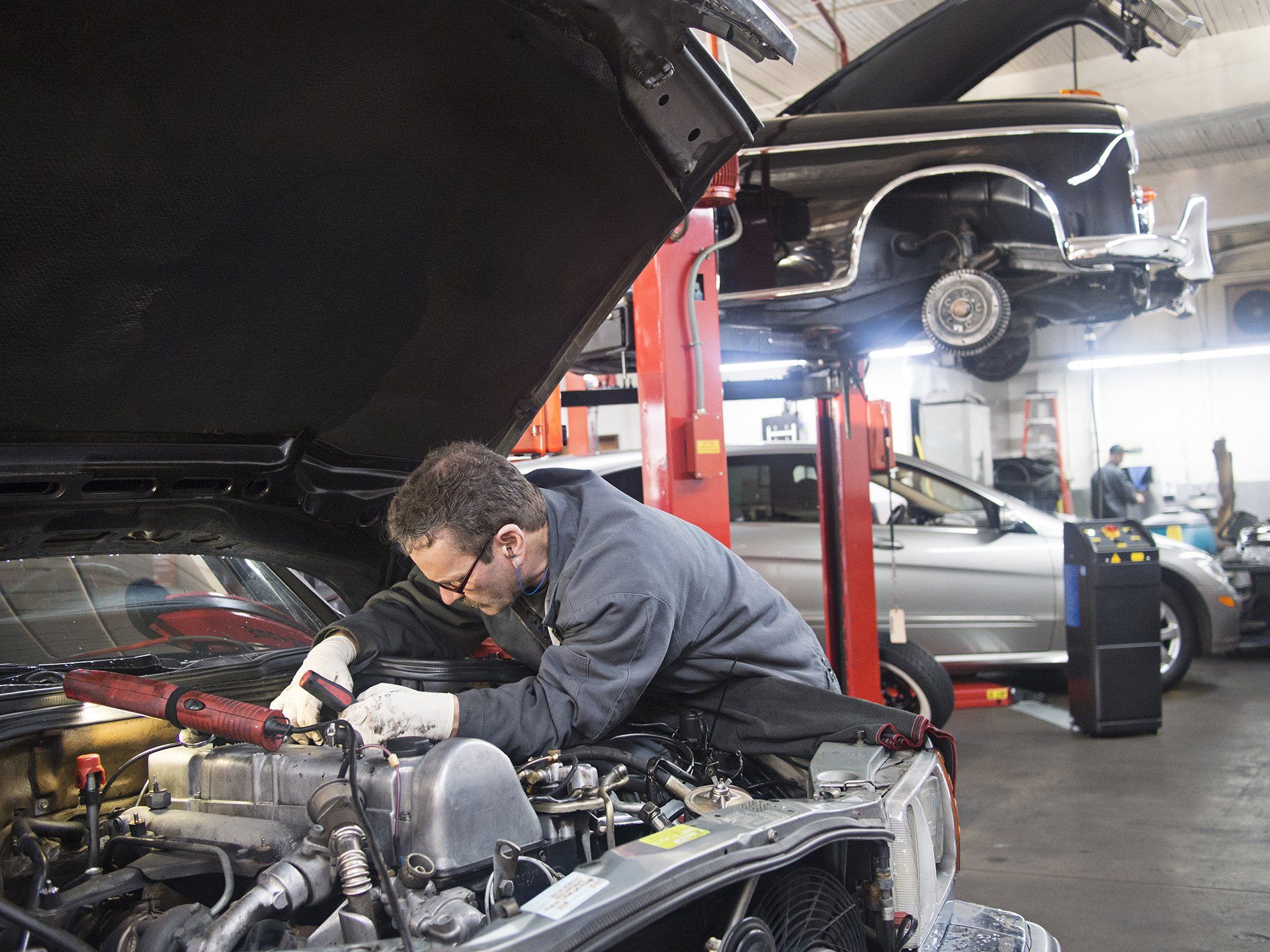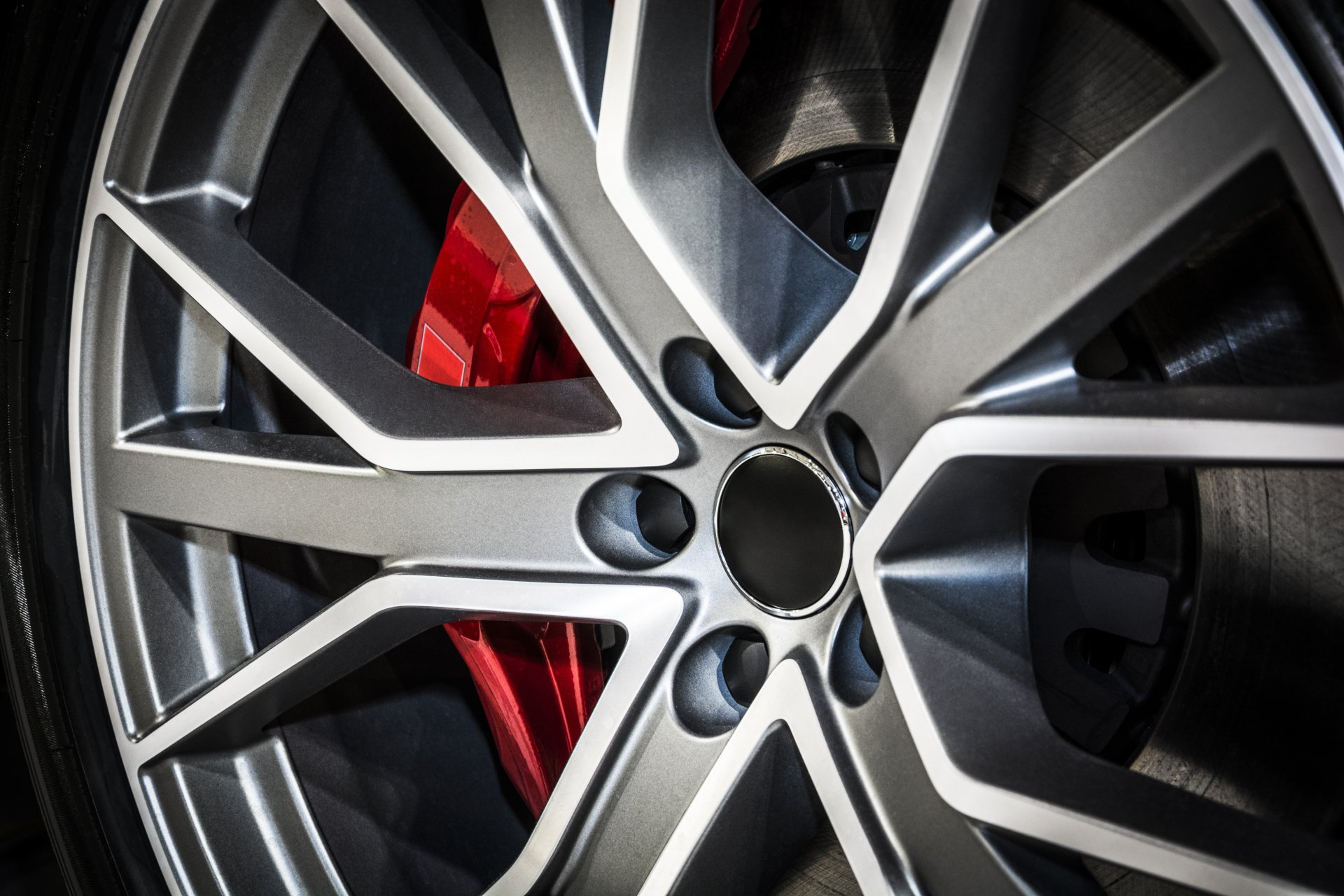Should a punctured car tyre be repaired?
Is it always safe to repair your punctured tyre?

When you drive over a sharp object, regularly use bad roads, or experience a build-up of wear and tear, you might experience a punctured tyre. These punctures can seriously reduce your ability to control your vehicle, so you need to find a solution quickly to continue using your vehicle. That means repairing your tyre or replacing it.
While repairing a tyre is much quicker and cheaper, it’s not always a suitable fix. The first step in determining whether your punctured car tyre should be repaired or replaced is identifying the type of puncture. Then, it depends on where the puncture is, how bad it is and if the repair is even worth it.
Rapid punctures vs slow punctures
There are two types of punctures that drivers experience: rapid punctures and slow punctures.
Rapid punctures are hard to miss. They’re caused by a large hole in your tyre that causes it to deflate very quickly, which immediately impacts your driving ability. This type of puncture can’t be repaired, so you’ll need to get your tyre replaced at your local tyre centre or garage.
Slow punctures, on the other hand, are small and deflate your tyre slowly over time. You might not notice a slow puncture right away, and many drivers only realise their tyre is punctured when their car begins to drift or vibrate. Unlike rapid punctures, it’s possible to repair a slow puncture yourself.
But… Should you?
Where is your car tyre puncture?
According to the British standard BS AU 159, the central ¾ of a tyre is considered a minor repair area. If you get a tyre puncture within this minor repair area, it’s possible to safely perform a long-lasting car tyre repair.
But if your puncture appears outside of the central ¾, such as on the sidewall, it’s in a major repair area. That’s because this area carries the greatest load when your tyre is in use, which can escalate your puncture to a full-on tyre blowout while you’re on the road. It’s not safe to repair tyre punctures in the major repair area, even if they’re just slow punctures. So your tyre will need to be replaced.
A quick note about run-flat tyres
If you have a punctured car tyre, it’s not safe to continue driving. That is, unless you’re using run-flat tyres.
Run-flat tyres have reinforced sidewalls that allow you to continue driving for a short time after they sustain a slow puncture, even if it’s in a major repair area. That means you don’t need to change your tyre at the side of the road or call a breakdown service.
However, this reinforcement can also make it difficult to know whether the puncture has damaged the structure of the tyre wall. For this reason, it’s not safe to repair run-flat tyres. They need to be replaced when punctured.
It’s recommended that you only drive on a punctured run-flat tyre at a maximum of 50mph for a maximum of 50 miles. But this should give you plenty of time to reach your nearest tyre fitter.
Not sure if your car has run-flat tyres? Simply open your boot and lift the floor cover. If you have a spare tyre or an emergency tyre repair kit, your car is probably fitted with regular tyres. If you don’t see either, you’re probably driving on run-flats.
How bad is the puncture damage?
BS AU 159 is also very clear on what size of car tyre puncture is safe to repair. If the damaged area has a diameter of 6mm or more, then you must replace – not repair – your tyre.
Punctures caused by screws, nails, stones or small shards of glass are likely to be small, so it might be possible to perform a repair. But anything larger is more likely to split, cut or gouge your tyre, making replacement your only option.
Is your tyre otherwise in good condition?
If your tyre has only suffered a small puncture in a minor repair area, then tyre repair is possible. That’s great news for new tyres or those that are in good condition. But if your tyres are worn, the repair might not be worth the risk.
The legal minimum for tyre tread in the UK is 1.6mm across the central ¾ of the tyre tread. If your tread is less than or close to 1.6mm at any point – or if the sidewall is bulging – it’s better to get it replaced.
Continuing to drive with worn tyres can greatly increase your braking distance and risk of tyre blowouts. Getting caught could also lead to a fine of up to £2,500 and three points on your licence, with much greater penalties for commercial vehicles.
Should I repair my tyre puncture?
Although you can repair your punctured car tyre with an emergency puncture repair kit, it’s important to realise that this is only a temporary measure. Continued use will cause the puncture to reopen. So any tyre that has been repaired will need to be replaced as soon as possible. But an emergency repair should help you reach the nearest tyre fitting centre.
Once you arrive, the professional technician can remove the tyre to inspect it for internal and external damage that could result in tyre failure. Then, they can either perform a permanent repair or fit a replacement tyre.
If you patch up a punctured car tyre in Bristol or South Gloucestershire, your best bet is to head straight to your local Ablefit fast-fitting tyre centre. Our centres in
Brislington,
Longwell Green and
Muller Road are open Monday to Saturday every week, and all of our tyres come with a manufacturer’s lifetime guarantee. To find out more about how we can help you when problems arise,
contact us today.

